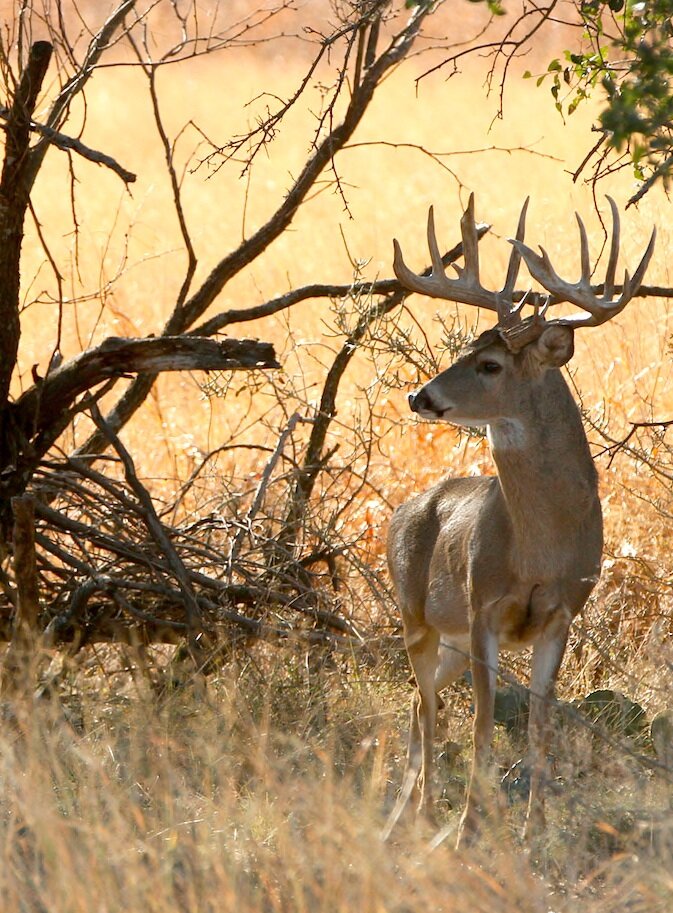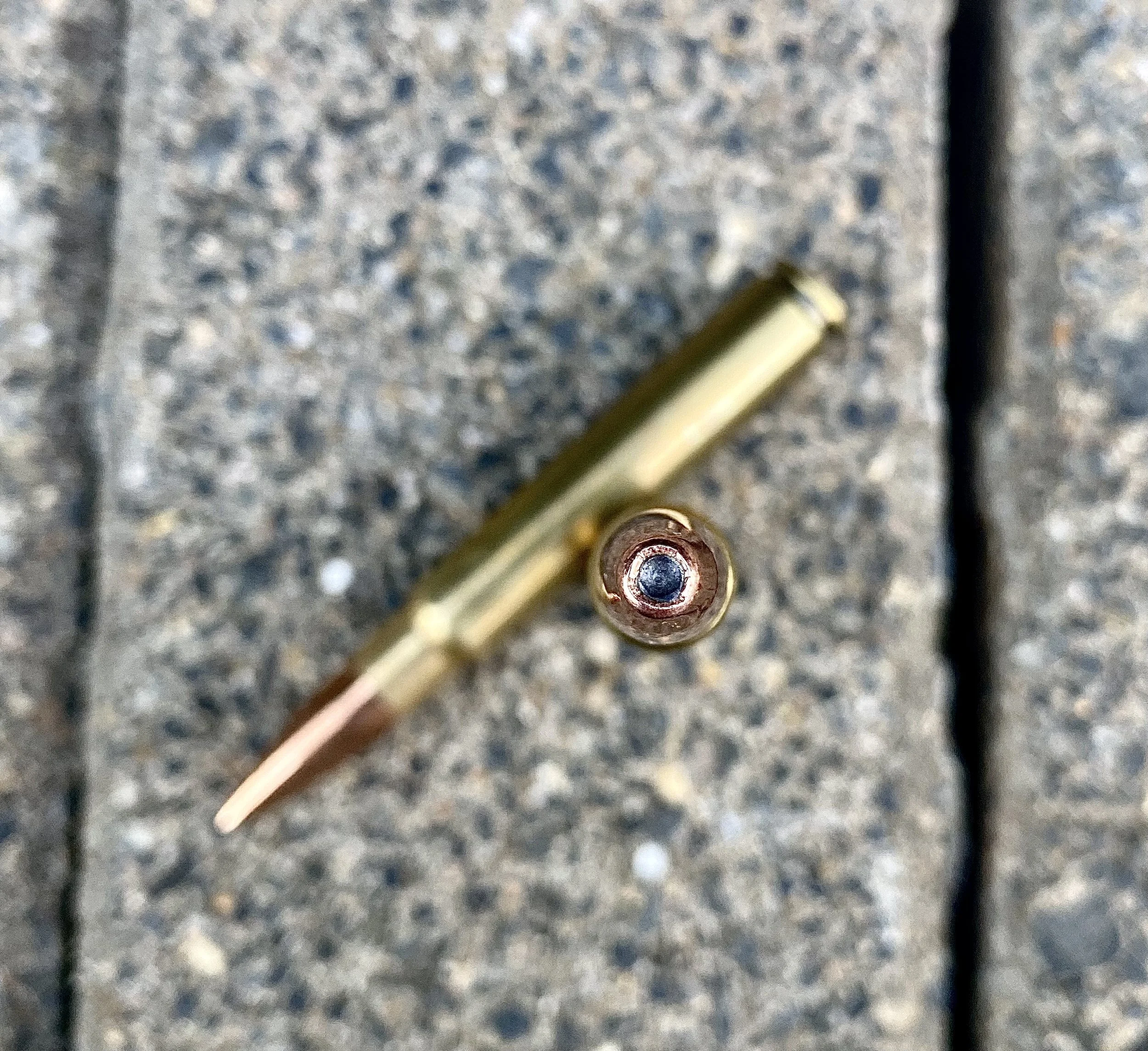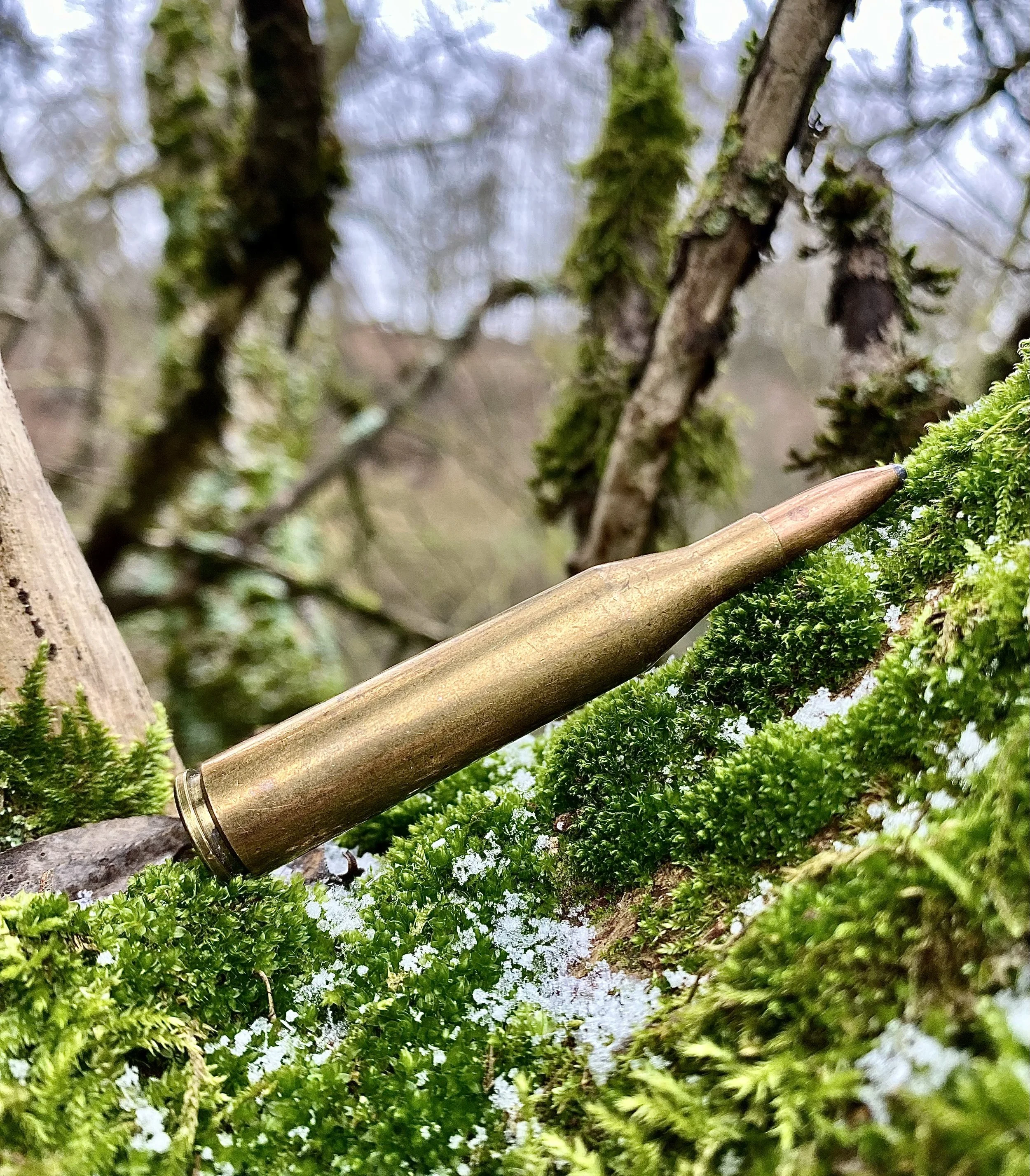Weird and Wild Trophy Whitetails
The Boone & Crockett Records of North American Big Game “book,” 13th Edition of 2011, reveals not just the biggest typical and non-typical whitetail antlers ever recorded by that august organization, but some of the weirdest, too.
Via the B&C scoring system, a rack must total 170 inches to “make book” as a balanced “typical.” That total includes the length of the main beams, widest inside spread, four circumference measurements and the length of each tine.
Hunters like to spread their arms as wide as they can to dramatize the span of antlers they’ve seen towering over disappearing bucks. Alas, the widest inside spread actually recorded in that edition of the official B&C book stretches just 32 inches, beam to beam. Don’t get me wrong. With a score of 197 2/8, this 6x7 Kansas rack, which ranks #35 in the book, is still incredibly wide. But it’s not the “at least three feet!” spread so often reported by frustrated hunters gunning for Mr. Big.
By the way, you know who shot that deer? No one. It was found dead.
The only antler measurement that beats inside spread is main beam length. Hunters don’t often describe this because, given the curvature of main beams, total length is difficult to judge. At best we report them as “reaching past the end of his nose!” Few actually do, but the 33 6/8-inch right beam of the circa-1985, 8x7 Indiana buck tied for 44th place probably did. This is the longest beam on record. Total score on this beauty is 195 5/8. It’s owned by Bass Pro Shops, so if you search enough stores you might find it. Inside spread is a modest 22 7/8 inches.
The B&C book doesn’t list tine length, which is too bad, but it does include 1st circumference measurements, which are taken at the narrowest spot between antler base and the first tine. This give you a fair idea of the mass of the antlers, although a few are actually more massive farther up the main beam than near the base. Now, base diameter is something every hunter mentions, usually by bringing both hands together in a circle to demonstrate what is surely a 10- to 12-inch antler base. As if this visual reminder isn’t blatant enough, it is accompanied by words like “Bigger than your average elk rack! I’m talking mass like the end of a baseball bat, man.”
Well, you gotta love mass like that. But you’ll be hard pressed to find it. The most massive typical antler base in this book is... are you ready for this? Just 7 inches. There are four racks of this diameter, but only two have the 7-inch circumference on both sides. Most book antlers sport 4 5/8-inch to 6-inch bases. Anything over 6 must be those two-handed baseball bat circumferences we keep hearing about. By the way, those 7x7-inch-base racks rank 659th and 895th in the book.
To be fair, we should mention that the Book does list a non-typical antler with a 10 4/8-inch base. That’s a whopper. It was grown by another of those overachieving Kansas bucks. A lucky hunter shot it in 2003. The rack had 25 total points and scores 203 3/8 net, yet it stands way down in 1,792th place. To put this in perspective, that score is 10 inches shy of the world’s record TYPICAL rack score. I’ll bet the hunter who got it is really torn up over that. By the way, only one book buck has 10x10-inch bases. It came out of Maryland, of all places, in 1979. Scores 221 3/8 non-typical.
In the weird category we find the non-typical rack with the smallest base circumference — 3 6/8 by 3 6/8 inches. Nice balance, eh? But those narrow bases support a superstructure of 21 tines scoring 197 3/8 points. That’s a monster rack any of us would be tickled to own, but guess what. It stands in 2,676th place in the book. It came out of Kentucky in 1998. I’ll bet the guy who shot it had to see a psychologist to get over his depression.
The B&C buck with the narrowest inside spread must be freaky looking. Taken in 1999 from Saskatchewan and standing tied for 2,673rd place, it's a 6x6 with a whopping 13 7/8-inch inside spread. I have friends with heads wider than that. This is the narrowest inside spread of any typical whitetail rack in B&C’s records. The bases on this rack are just 4 6/8 and 4 4/8, too. Wow. Thin and narrow. Where does this rack come up with enough inches to make its total score of 173 1/8? Main beam lengths are a modest 23 5/8 and 24 1/8. That means just one thing. Its twelve tines must reach to the stars!
You can uncover natural oddities like this throughout Boone & Crockett’s record book. For example, I discovered that there is just one whitetail base measurement in the 9-inch category, even among non-typicals. Is that crazy or what? Of literally thousands of racks, only one lands anywhere in the 9-inch range. It's 9 6/8 inches.
To uncover more weird details about record book whitetail antlers, visit https://www.boone-crockett.org/. And be sure to let us know about your next whitetail antlers that spread three feet! We really want to see those.















